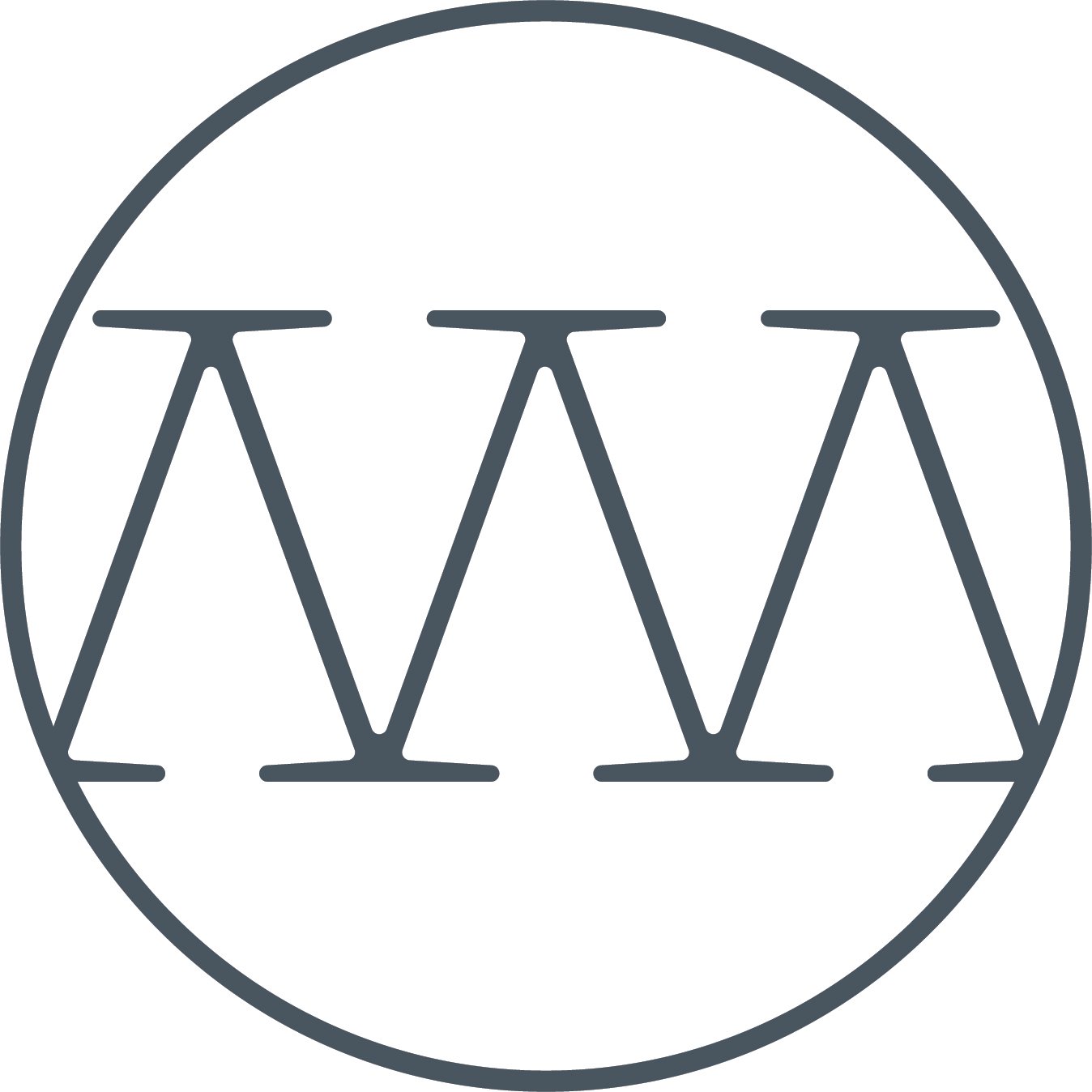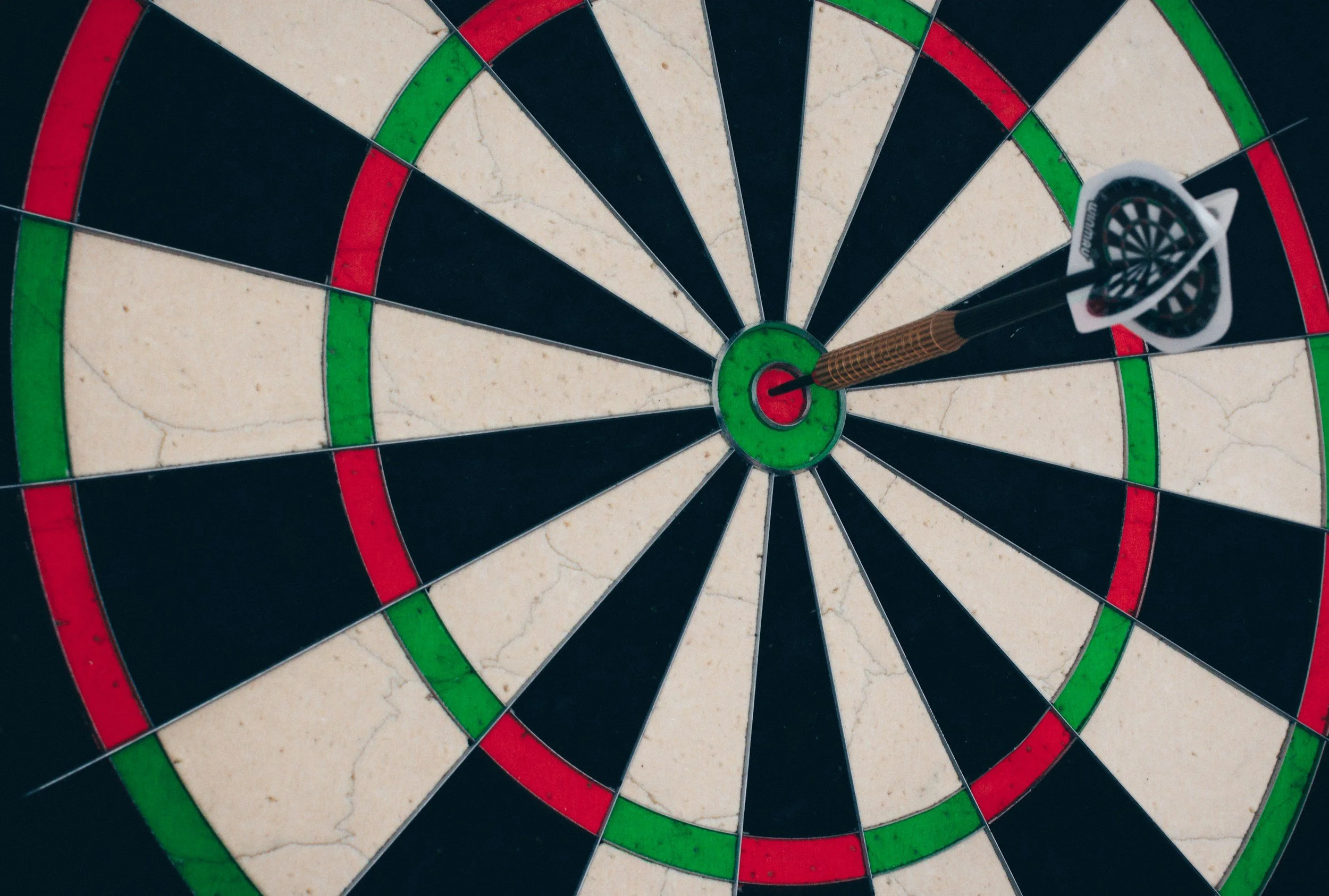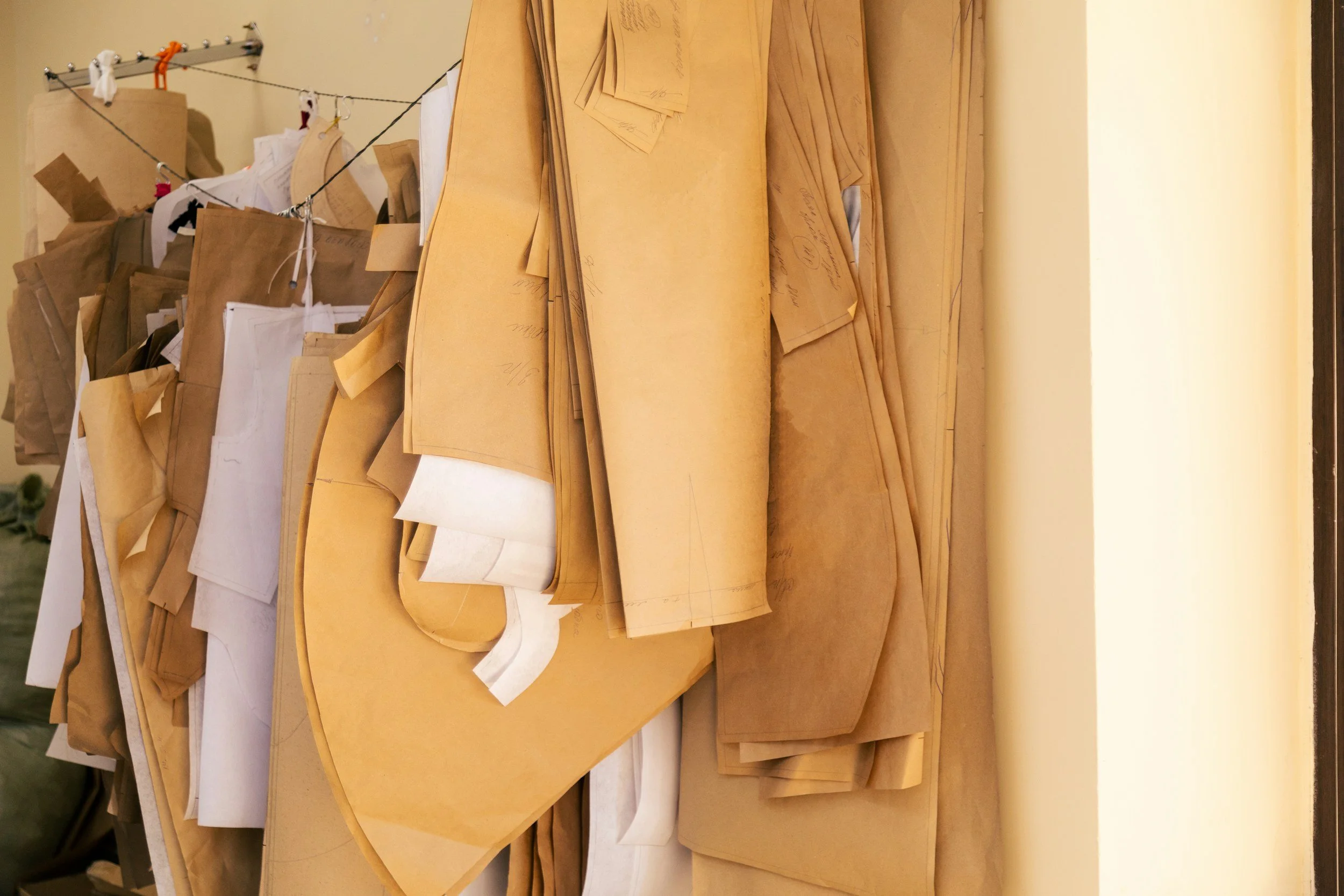Get Your Custom Clothing Design Idea Ready for Manufacture
A guide to navigating your first sewn product
Updated 8/17/25
If you have an idea for a sewn product, you’re going to need an expert at some point to help you through the design and development process before you are ready to manufacture. Some people may need more assistance than others, but everyone should have an understanding of these core areas:
Listen to our podcast on Design Concepting
Be Able to Convey Your Idea
The professional you work with will need a way to visualize what you have in mind. A verbal description is not enough. A drawing works well, but if you can’t draw, try one of these methods:
Create a concept board of inspirational images, colors or fabrics.
Purchase a similar product and pin written notes with changes to it.
Cut up different garments and Frankenstein them back together with a stapler.
Use whatever form of expression works for you. From there, a professional will then know the questions to ask to gather the information they need to provide you with an estimate for services.
Understand Your Target Market
The more you know about who you’re designing for and selling to the better, and you don’t have to have a huge budget to get started.
Set up social media and regularly post to it with updates and polls to build engagement
Create a website landing page where people can get more information and sign up for a newsletter.
Solicit help from friends and family. Use their skills to boost your efforts.
For the website in particular, it may be worthwhile to hire a web design professional with expertise in SEO (search engine optimization) and analytics to measure your marketing efforts on a deeper level.
Protecting your Idea
While developing a new sewn product idea, you may be challenged with trying to protect it while still sharing enough about it to capture and measure interest. Balancing this is indeed an area that can be challenging.
Working with a Patent and Trademark Attorney is expensive and filling an application yourself is extremely time consuming, but whichever option you choose still won’t guarantee your application is approved. Before you invest money in the legal protection of your idea at any level, make sure you understand what is involved.
The USPTO website (United States Patent and Trademark Office) has an extensive library of free resources to help understand when and how to protect Intellectual Property (IP) along with the costs. Additionally, many patent attorneys offer a free consultation, so book a few, but be prepared with your questions to make the most of your appointment.
Fabric and Material Sourcing
Sourcing materials, especially fabrics, seems to be a another concern of new designers. It makes sense to do some research about fabrics and available supplies, so you know what is and isn’t possible with your design, but the experts you work with will only need to know your intention for fit, function, and feel.
Many product developers actually prefer you don’t have fabric and supplies figured out yet. Patterning and sewing are so intimately intertwined with the fabrication that restricting them with specifics could limit who will be willing to work with you.
Be open minded and give professionals the freedom to apply their expertise and knowledge to your concept. Once the design starts to come together, and you’re discussing overall direction, you can begin a more detailed search.
Listen to our Podcast on Material Sourcing
Listen to our Podcast on Size and Fit
Fit Models and Sizing
Most new designers can’t afford extensive fit sessions with live models, but you don’t need to. In today’s world of Ready to Wear, most garments are manufactured based on standards for body type and size. Your patternmaker should be able to help you determine which standards to use for your target market, but you should take part in making this determination. If there is a brand that represents a fit you like, use their online size chart or buy a sample to use for guidance.
Once your pattern is done, however, your fit is established, but you can do a more in-depth study of fit after you start selling your design. That information comes directly from your consumer so you are not guessing.
Patterns and Samples
If you hire anyone, hire a patternmaker and a sewist. It’s even better if both are the same person. As you develop your design idea you need to proof the pattern and fabrics with sewn samples and if one person is doing both tasks it’s much less likely a miscommunication will occur. Even if you are working with two separate experts, until you land the design as a sewn sample you can not be sure your design is cost manufacturable. You also won’t be able to confidently complete valuable parts of your tech pack, such as the sequence of construction. Eliminating the potential for errors now will keep you from backtracking once you are in manufacture.
Keep in mind, if you’re creating something original or novel, you may need to sew several samples taking the advice of your patternmaker and sewist to test those ideas thoroughly. If they can’t find the right balance between the pattern, construction technique, and fabrication to effectively produce your design in real form, you may need to make allowances or revisit your idea entirely.
Listen to our Podcast - Tips for Production
Branding, Printed Designs, and Logos
Establishing your brand is important, but getting overly creative on the application of logos or designs onto to your garment is expensive. Imagining a fabric that is custom printed with your brand name, or requiring a specific color pattern within your fabric may halt your progress as you try to find a mill that will work with you, if at all.
Embroidery, heat transfers, and screen printing are usually done outside the sewn construction process. Even if the manufacturer you choose can handle this detail, it is an added step that takes time and increases costs.
The best alternative is a pre-printed, sewn-in brand label or tag, so it becomes a part of your materials list rather than an extra step. You’ll be much happier with the speed and efficiency of production.
Choosing a Clothing Manufacturer
There are two general types of manufacturers. The type you choose will depend on your budget and how involved you want to be with the production process. Either way, you’ll want to start off with a clear set of instructions to make their job easier and to ensure you get the results you want. It will also lower your costs while minimizing confusion and miscommunication.
A manufacturer should be willing, if not require, a preliminary sample be sewn at your cost. This will allow them to determine your per piece price along with the minimum order quantity (MOQ) to meet that cost. There are plenty of manufacturers that will do 100-150 pieces per style, but be prepared to pay more. One hundred pieces of a simple style could still be over $1000.
Once the first sample is complete, you can both talk specifics for quantity, colorways, and size range and they will work to meet your budget. Be prepared with a solid tech pack, pattern, and sample to keep the process moving forward efficiently.
Listen to our Podcast on Preparing for Manufacture
Pre-Production Package
Only when you have a final sample sewn from your pattern can you truly build a thorough and accurate tech pack. Essentially, this is an instruction manual explaining all of the supplies, skills and techniques used to create your design. There are many benefits to having a professional tech pack, but if you want to build your own tech pack, you can use tech pack templates, too. There are cautions to doing this, so be sure to do some research on how to use a tech pack template.
No matter what you decide, a manufacturer will appreciate having a prepared client! We offer full Apparel Development Services in addition to do it yourself Tech Pack Templates.











